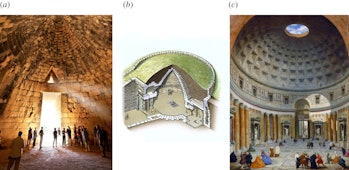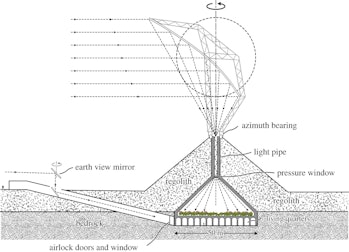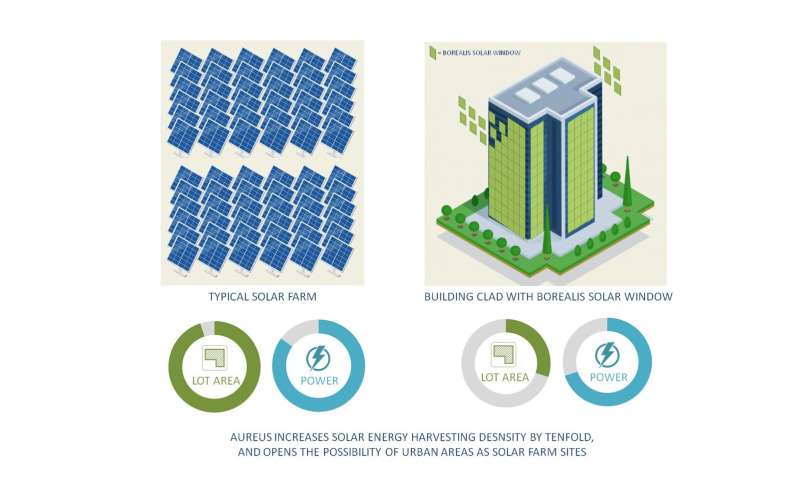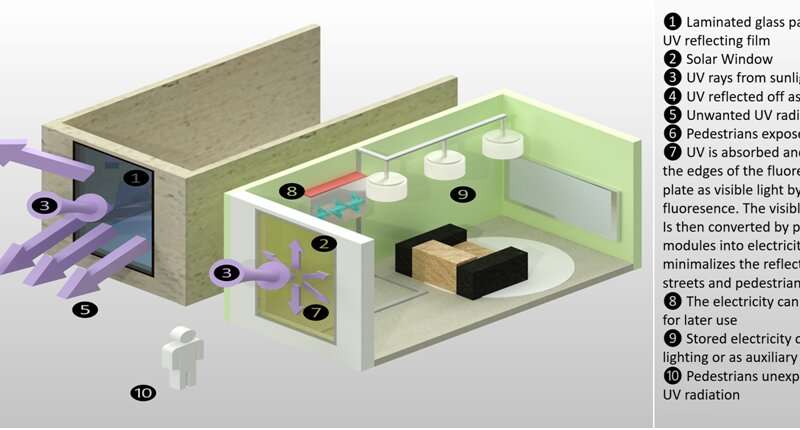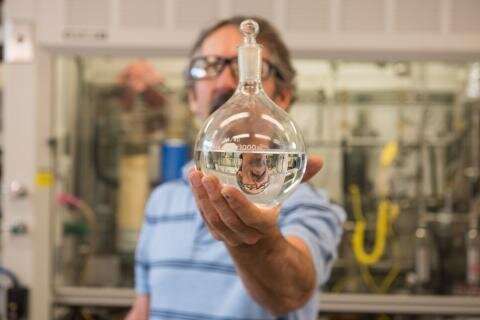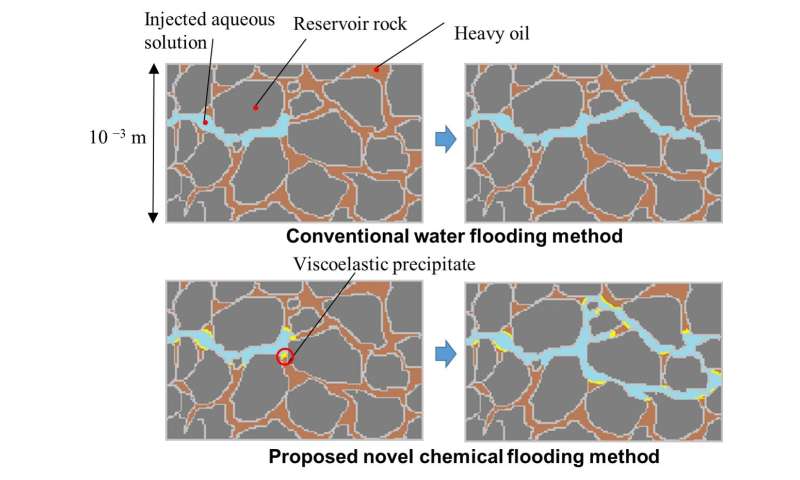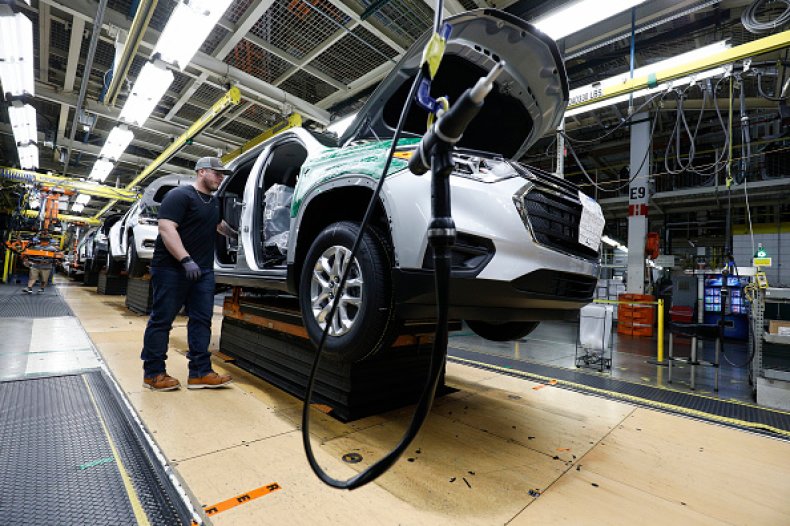Group stages debt and tax strikes to expose ‘political economy’s complicity’ in ecological crisis
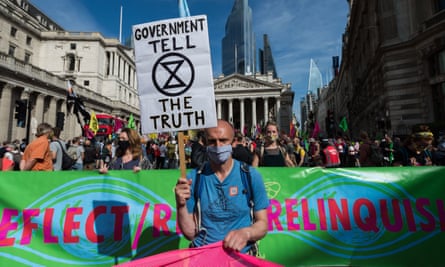
Activists from Extinction Rebellion gather by the Bank of England before marching through central London in September. Photograph: Barcroft Media/Getty Images
Matthew Taylor
Mon 23 Nov 2020 THE GUARDIAN
Extinction Rebellion is launching a campaign of financial civil disobedience aimed at exposing the “political economy’s complicity” in the unfolding ecological crisis.
The group – which has staged some of the UK’s biggest civil disobedience protests over the past two years – is turning its attention to what it says will be a sustained campaign of debt and tax strikes. It is also asking people to “redirect” loans from banks that finance fossil fuel projects to frontline organisations fighting for climate justice.
Gail Bradbrook, a co-founder of XR, which was set up two years ago, said: “It’s time to tell the politicians who prop up this way of living: no more. We want an economy that grows health and wellbeing, not debt and carbon emissions. An economy that prepares and protects us from shocks to come, rather than making them worse. An economy that shares resources to meet all our needs, regardless of background. An economy that lets us live.”
Organisers hope that in the coming months the “Money Rebellion” will involve thousands of people in the “redistributing debt” scheme and the debt strikes.
XR says it also has a growing number of small businesses that are planning to divert a portion of their taxes to help fund investment into green, sustainable business models and initiatives rather than pay them to the government.
Bradbrook said: “We need a grownup conversation about why our political economy is killing life on Earth.”
XR says the Money Rebellion is the latest stage of its campaign centred around three demands – that the UK government tells the truth about the scale of the climate and ecological emergency, that if commits to zero carbon emissions by 2025 and that it agrees to a binding citizens’ assembly to devise policies to address the crisis.
The group has held three major events since its launch, bringing motor traffic in parts of central London to a standstill. Organisers say that despite its success in raising awareness of the escalating climate crisis, the government has failed to respond appropriately.
Matthew Taylor
Mon 23 Nov 2020 THE GUARDIAN
Extinction Rebellion is launching a campaign of financial civil disobedience aimed at exposing the “political economy’s complicity” in the unfolding ecological crisis.
The group – which has staged some of the UK’s biggest civil disobedience protests over the past two years – is turning its attention to what it says will be a sustained campaign of debt and tax strikes. It is also asking people to “redirect” loans from banks that finance fossil fuel projects to frontline organisations fighting for climate justice.
Gail Bradbrook, a co-founder of XR, which was set up two years ago, said: “It’s time to tell the politicians who prop up this way of living: no more. We want an economy that grows health and wellbeing, not debt and carbon emissions. An economy that prepares and protects us from shocks to come, rather than making them worse. An economy that shares resources to meet all our needs, regardless of background. An economy that lets us live.”
Organisers hope that in the coming months the “Money Rebellion” will involve thousands of people in the “redistributing debt” scheme and the debt strikes.
XR says it also has a growing number of small businesses that are planning to divert a portion of their taxes to help fund investment into green, sustainable business models and initiatives rather than pay them to the government.
Bradbrook said: “We need a grownup conversation about why our political economy is killing life on Earth.”
XR says the Money Rebellion is the latest stage of its campaign centred around three demands – that the UK government tells the truth about the scale of the climate and ecological emergency, that if commits to zero carbon emissions by 2025 and that it agrees to a binding citizens’ assembly to devise policies to address the crisis.
The group has held three major events since its launch, bringing motor traffic in parts of central London to a standstill. Organisers say that despite its success in raising awareness of the escalating climate crisis, the government has failed to respond appropriately.

